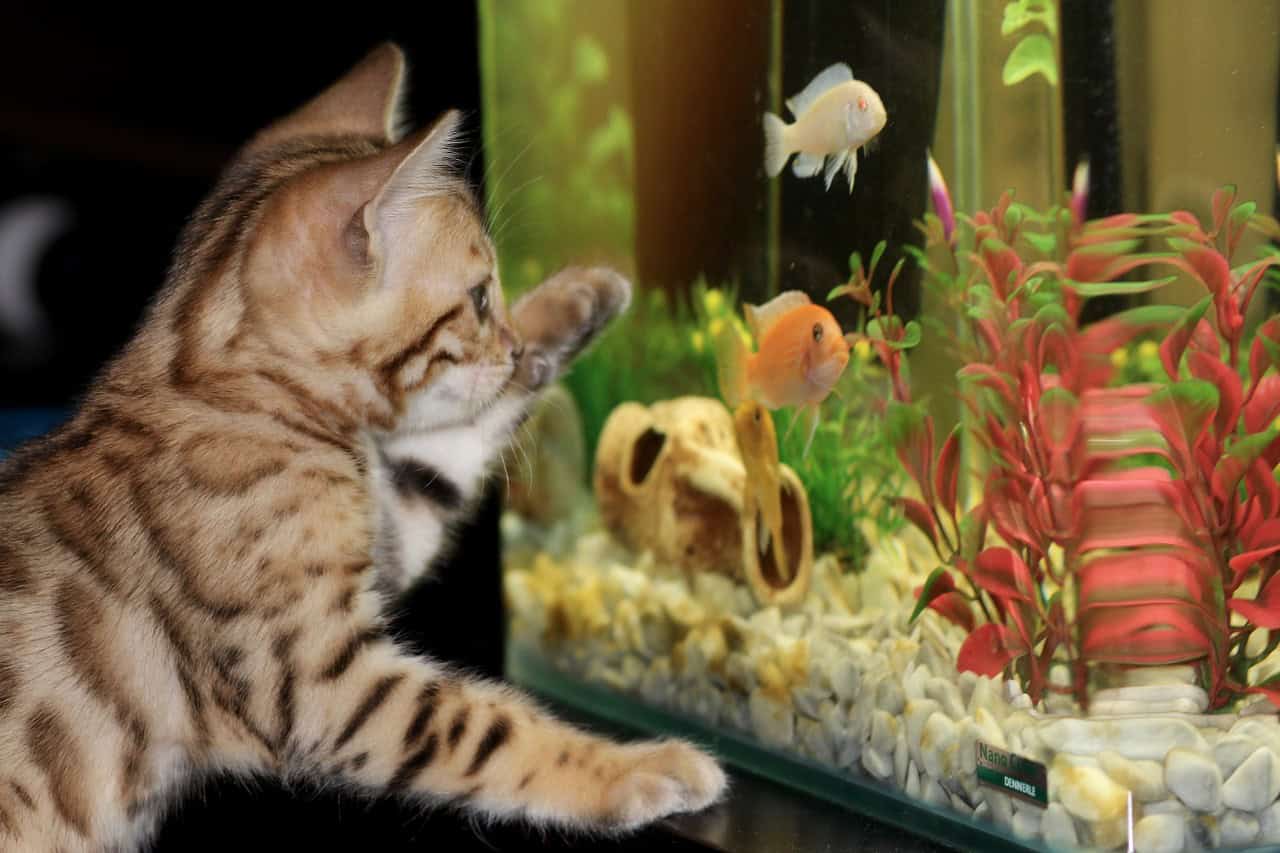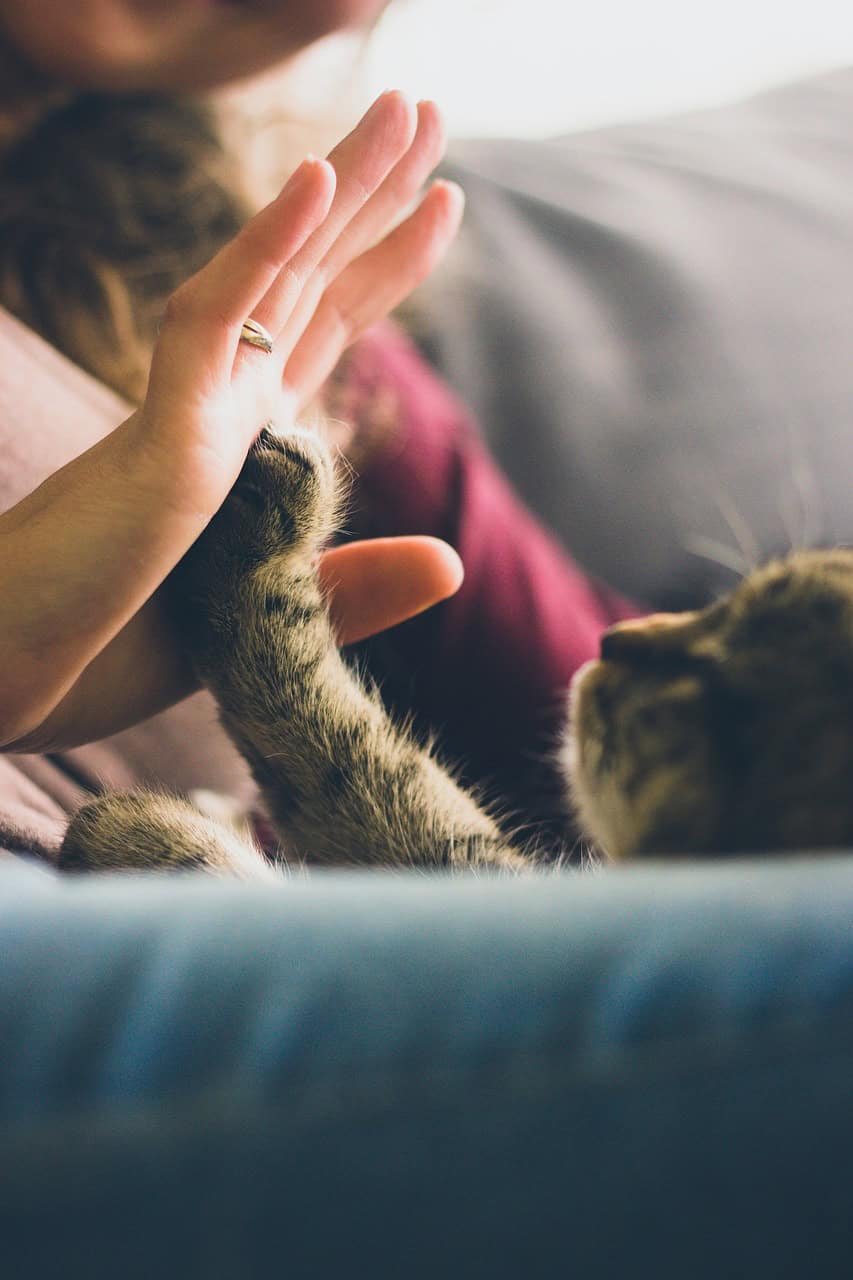Are you thinking of becoming a pet-friendly assisted living facility?
Pet-friendly assisted living facilities are among the top options recommended for seniors, thanks to many positive benefits. The positive impact of pet therapy, community pets, and other animal programs in nursing homes includes improved seniors’ physical, mental, and social health. Here are steps your facility can take today to foster an excellent environment for all your elderly residents.
Animals offer many benefits to people of all ages, including improved mood and a greater sense of well-being. Many senior living facilities have realized that these positive effects are especially significant for seniors and have started to include animal companionship as an amenity.
Pet-friendly assisted living has a few logistic challenges, of course. Depending on the health and care required by your residents, allowing full-time pets onsite may or may not be possible. Residents with allergies and other health challenges may not find furry companions the best fit (that said, there are plenty of pets without fur to consider as well). There are always concerns about noise, cleanup, and care of the animals, which can put an undue burden on already taxed staff.
Fortunately, many pets, large and small, can be an excellent fit for your residents. Whether it’s a personal pet, a community pet at the facility, or a “visiting pet” through a pet therapy program, animals and seniors are a great pair.
To learn more about the benefits of pet-friendly assisted living facilities for elders, check out these six reasons why you should consider involving animals in your program.
6 Benefits of Pet-Friendly Assisted Living Facilities
1. Community Pets Offer Health Benefits

Before you “pooh-pooh” the idea of allowing some community pets or personal pets at your facility, it’s important to realize that becoming a pet-friendly assisted living facility doesn’t mean every single resident needs to own a pet. Some of the best retirement homes have community pets shared by everyone. Birds, fish, and small mammals still offer some of the health benefits seen with cats and dogs. Spending time with pets has also been shown to positively impact memory and cognitive abilities. Playing with animals triggers happy memories, and non-verbal interaction between seniors and pets positively affects those who have dementia.
A study conducted by Generations Applewood Rehabilitation & Skilled Nursing found spending about 15 minutes with an animal induces a chemical reaction in the brain, lowering cortisol levels (the hormone associated with stress) and increasing serotonin, or “the feel-good hormone.” In addition to the mood-boosting qualities of animals at a pet-friendly senior living facility, pets also work wonders for helping older adults maintain an active lifestyle. Playing with a cat or dog helps seniors get extra physical activity alongside the pet.
If allowing personal or a full-time community pet seems like too much for your facility, organizations like Dogs On Call partner with organizations to offer pet therapy and visitation. These programs provide all the health benefits of pets without some of the care concerns.
2. Pets Give Seniors Purpose
A study conducted by the University of California, San Francisco found more than 40% of seniors feel lonely, disconnected, or separated in their everyday lives. As they transition to a senior living home, these feelings often increase. As a result, seniors report a loss of their sense of purpose.
Animals keep seniors busy and restore their sense of responsibility and worth. Not only do pets offer companionship, but they give residents a reason to get up and move every morning, knowing their pet is depending on them for care. Owning a pet means your residents are needed. Pets rely on them for food, water, fresh air, and more. This newly-found sense of purpose through pet ownership is also connected to the stronger sense of companionship developed with their pet. Many pets fill an empty void for seniors who feel lonely, especially if they live away from family or don’t have many visitors.
It’s also important to remember that many residents have lost loved ones. They may be a widow/widower or have recently lost friends and family. A pet is a simple way to provide elders with a living, breathing friend. In addition, this new member of their social circle will decrease their sense of loneliness and isolation, counteracting the negative impact on health and well-being.
Residents may also find purpose in animal rescue work. Knitting blankets or surgical covers for kittens, creating cage comforters for dogs, and even volunteering at a local shelter may be wonderful activities for more active residents. Restoring a senior’s sense of purpose is a powerful reason to consider becoming a pet-friendly assisted living facility.
3. Pets Come in Many Varieties

Pets come in all shapes and sizes. From low-maintenance fish to higher-maintenance animals like dogs, there are plenty of options for seniors. Consider animals of different ages as well as species. An older dog, for example, may be an excellent fit for more active seniors since the dog is already housebroken and trained. Your dog-loving elderly residents may no longer have the energy to handle accidents around their room or loud barking; a mellow dog, no longer a puppy, could be the perfect fit. What better way to bring joy to the life of both an older dog and your residents?
Older cats also make great senior companions. An ideal cat is friendly but doesn’t require constant attention. Look for a relaxed cat that’s willing to spend enough time out in the open for the senior to experience companionship. Often shelters assess temperaments and help you find a companion that’s the right fit. In addition, many self-cleaning litter box options are available to ease any health concerns for immunocompromised residents who prefer a cat.
Adopting an older pet is a fantastic idea. Shelters are full of older dogs and cats who are usually not at the top of many people’s wish lists. You’re providing seniors at your facility with a companion while offering a happy home to a pet in need. There are plenty of great tempered, low-maintenance mix breeds in shelters, but you can also research which dog breeds are ideal for seniors in your facility.
Not everyone is a cat or dog person, but fortunately, pets come in many varieties. From furry friends to fish or maybe even a bird, pets and senior care are a great fit. Consider older animals because the amount of care required is far less stressful, and more relaxed pet personalities will often mesh well with seniors and their lifestyles.
4. Pets Help Seniors Form New Friendships
Hosting community animal therapy programs at your pet-friendly assisted living facility is a great social activity for the residents. Pet visits help residents make new friends and bond with other seniors in the community. Sharing a love of dogs or cats brings individuals together and helps people connect. Playing fetch back and forth with the same dog as two residents get to know each other allows them to bond not only with the animal but with their new human friend as well.
Pets help seniors make new friends by taking the pressure off of starting a conversation. No matter your age, it can be tough to strike up a friendship with someone new. However, when all the attention is focused on the animals and not on the elders themselves, talking to new people is suddenly a much easier task to accomplish.
Pet care also promotes friendship bonding. For example, taking the community dog for a walk or fixing the cat’s dinner together are both great options for helping your residents make new friends and get to know the people living in their assisted living community. In addition, organizing a fun meet-and-greet workshop with residents while hosting a pet therapy session is a great way to encourage new friendships.
5. Pets Provide a Chance for Fun New Classes

Get creative with the types of activities you offer at your pet-friendly assisted living facility. Consider incorporating puppies or pet care into your next intergenerational program. After all, kids AND seniors love pets, and it can provide them with a chance to connect. In addition, helping a young friend learn about pet care is a beautiful chance for seniors to offer valuable insights.
There are plenty of additional activities, learning opportunities, and classes surrounding animals as well. A bird-watching seminar or wildlife rescue presentation could be exciting to residents. Painting classes with animal subjects, sewing classes to create cage comforters for shelters, or baking dog treats together could be great opportunities to add extracurricular activities to the schedule. When you’re thinking of activities offered at your pet-friendly assisted living facility, don’t forget to include animals.
Senior residents come with high levels of knowledge about a variety of subjects. Many of them may love to share stories about their experiences with pets. You may have a biologist, doctor, or former veterinarian at your facility who would love to share their insights. Others may simply like to learn more about animal behavior. All residents will appreciate a chance to explore a new topic and discuss subjects they’re passionate about.
6. Animals of ALL Types Positively Impact the Lives of Seniors
Establishing yourself as a pet-friendly assisted living facility doesn’t mean limiting yourself to only cats and dogs. Various senior homes across the United States are partnering with petting zoos and local farms to give residents a chance to connect with all sorts of animals. From horses to chickens, bunnies, and more, any type of animal will positively impact your senior residents’ health and happiness levels.
Studies show fish are an excellent option for senior living. Home Care Assistance found the physical act of “fish gazing” has shown to be highly relaxing and therapeutic for all seniors (the soothing effect is also why dentist and doctor’s offices often have fish tanks). Bright-colored fish help elders stay more alert during the day, and staring at fish decreases seniors’ stress, anxiety, and blood pressure levels. Even the tiniest animals like fish significantly impact the elders within your pet-friendly assisted living community.
If you feel animals may be beneficial for your residents, you may want to rethink the current pet policies at your facility. Animals are often not as high maintenance as staff may fear, and the benefits far outweigh the concerns. Start small with an animal like fish or a pet visitation program, and then consider expanding if you see positive changes at your organization.
Pets and seniors are wonderful companions. Becoming a pet-friendly assisted living facility can be beneficial for all (animals AND people).
Featured image via Pixabay. All images licensed for use via Pixabay licensing.